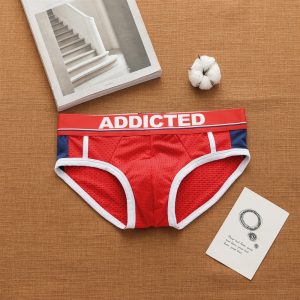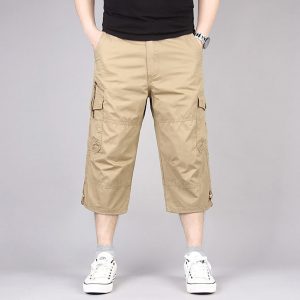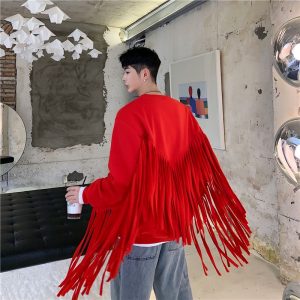
Activated carbon and other scent blocker clothing may seem like a great way to get close to game, but there are some drawbacks. Although many scent control hunting clothing manufacturers claim that their products can reduce odors, the research behind these claims is often inaccurate.
Scent blocker clothes are created with activated carbon and engineered polymer materials. They contain a proprietary antimicrobial that binds to fabric permanently. This prevents odor-causing bacteria from growing. In addition, the clothing carries silver ions, which bind odor-causing bacteria on contact. They also kill bacteria that grow on the body's moisture.
However, after about 18 months of use, the effectiveness of carbon clothing begins to deteriorate. Using a chemical spray to remove odors is a longer-term solution. Chemical sprays work by oxidizing the odor-causing chemicals. This is the main method of scent control before activated carbon was introduced.
In the era of scent blocker clothes, two companies competed in the hunting apparel market. One was ScentLok, which introduced its line of scent-eliminating products in 1992. The other was ScentBlocker, which was started in 1997 by Robinson Outdoor Products. Both companies claimed that their products were superior to carbon clothing.
ScentBlocker clothing uses a synthetic version of carbon, called Trinity Technology. It contains micro pores that trap odor molecules. Its odor-trapping capabilities are 200 percent more effective than activated carbon, according to ScentBlocker. It also contains macro pores that provide a large surface area for odor molecules. Its polymer is applied to the surface of the garment in a "dot matrix" pattern.
The company claims that these clothes are more effective than zeolite, another competitor material. Zeolite absorbs human odors, while Trinity adsorbs odors more effectively.
ScentBlocker's newest scent control clothing line uses Trinity technology. This technology includes a polymer resin that binds to the fabric in a "dot matrix" design. These pores are larger than those of activated carbon and provide more surface area for odor molecules. This technology also makes the clothing more adsorbent than other substances.
While it seems obvious that the Trinity technology is more effective than carbon clothing, the company's ads also claim that it is 200 percent more effective than zeolite. However, the truth is that both substances are effective, but Trinity is more effective at trapping human odors.
In addition to Trinity technology, ScentBlocker clothing also uses a proprietary antimicrobial that prevents bacteria from growing. Silver ions kill odor-causing bacteria when they come in contact with body moisture. This prevents them from growing and helps to prevent body odors.
ScentBlocker also uses cyclodextrins, a polymer that binds to the fibers of the clothing. They are applied during the finishing stages of textile production. This prevents the odor-causing bacteria from growing and helps the wearer to avoid detection by game. In addition, these clothes are tested to ensure that they provide an effective level of odor control.
Under Armour uses a similar technology in its Scent Control line of scent-control garments. Its Scent Control garments contain threads that are reinforced with silver. Silver ions kill odor-causing microbes when they come in contact with sweat.




